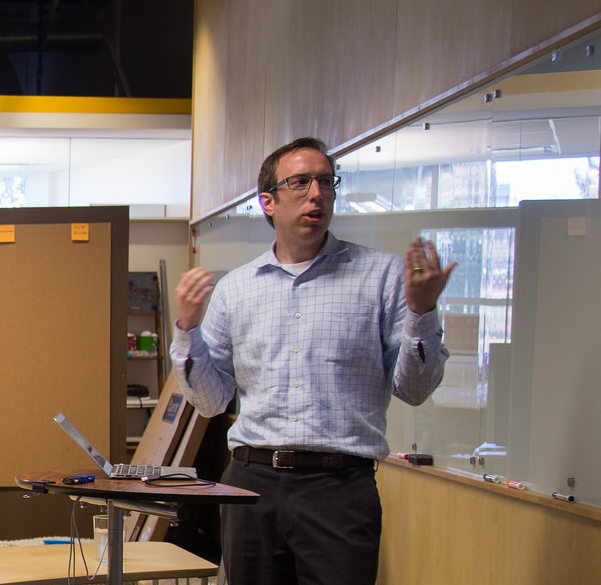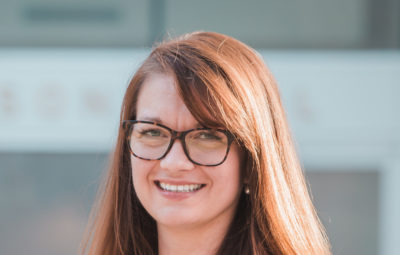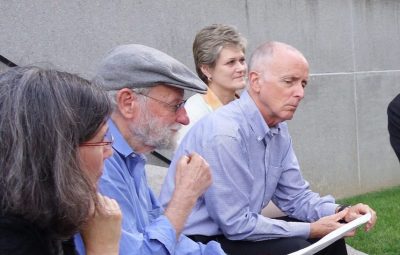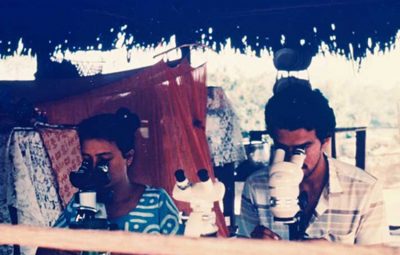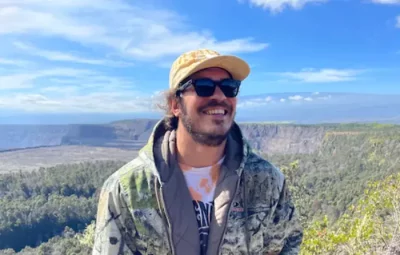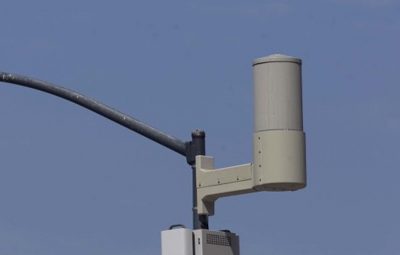Design Lab Studio Session: Engagement as #1 Barrier for Health Apps: The Urgent Need for Collaborative Solution
John Torous, Harvard Medical School
It’s been 10 years since the iPhone was first introduced and the app ecosystem has grown tremendously. Mobile phones serve as a digital platform that is rich with advances in many industries, but healthcare seems to fall short. In a recent discussion at the Design Lab, John Torous, co-director of the Digital Psychiatry program at Beth Israel Deaconess Medical Center, a Harvard Medical School affiliated teaching hospital, examined this problem. “We have these really fancy learning machines that operate on algorithms and sensors, but if they’re not being used it doesn’t matter much,” said Torous.
A recent academic study asked primary care patients, “Are you interested in using apps for your healthcare?” 54 percent said yes for issues related to nutrition, 53 percent said yes for issues related to diseases and 25 percent said yes for issues related to mental health. Torous explained that while it appears that many primary care patients are interested in using apps for healthcare, there isn’t much movement in this direction. Torous aims to transfer and sustain the same enthusiasm for PokemonGo, which was a mega successful gaming app, toward health care apps.

Torous stated that there is a tremendous “engagement gap” that needs to be addressed with healthcare apps. He pointed out that PTSDcoach is a popular healthcare app that helps patients manage their own recovery and has been downloaded over 100,000 times, but only about 15,000 people use it.
Torous theorizes that integrating apps into everyday use is no simple feat because it involves many other issues including the security of personal information and the dynamic nature of the app ecosystem itself. As sophisticated the problem may be, Torous suggests a simple approach to discover solutions. “How can we get some simple information from users, share it and get feedback. We don’t have to predict everything right away.” Although digital engagement in healthcare may be small, Torous also suggests there may be a solution in engaging “superusers.” A superuser is a network account with privilege levels far beyond those of most user accounts. He says let’s start there, we can learn from them.
Bio
John Torous is a board-certified psychiatrist with a background in electrical engineering and computer sciences. He completed medical school at UCSD, residency at Harvard, and is currently a fellow in clinical informatics at Harvard Medical School. His research is at the intersection of mental health and technology with a focus on smartphone apps and wearable sensors.
